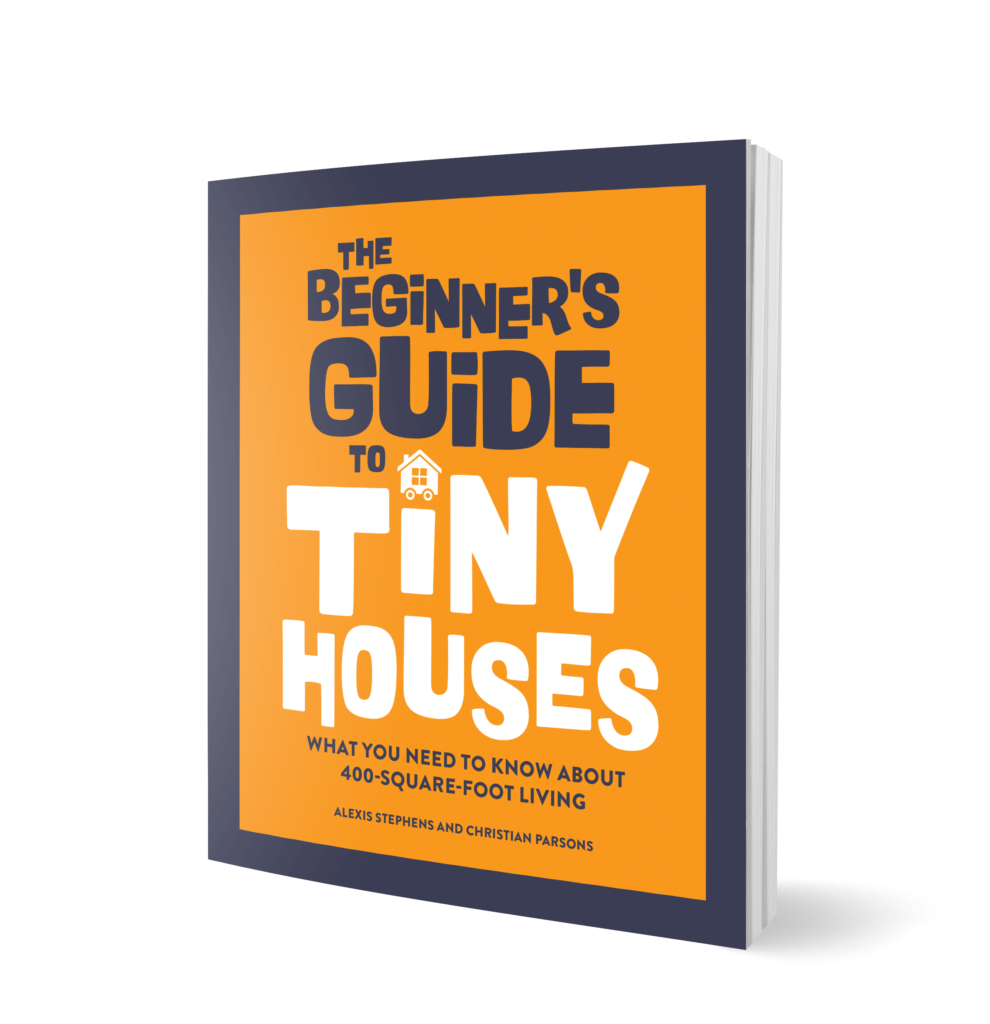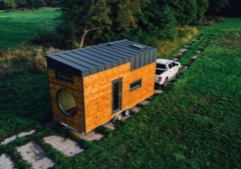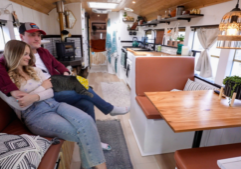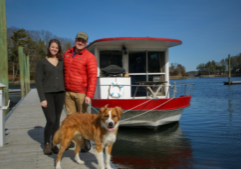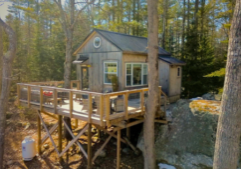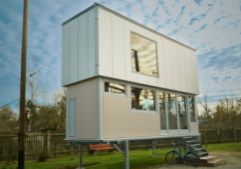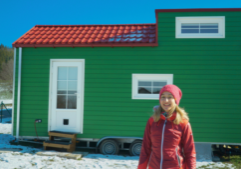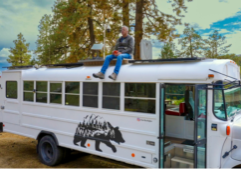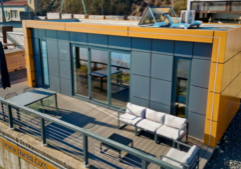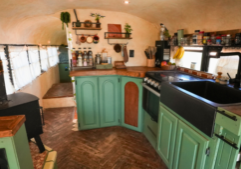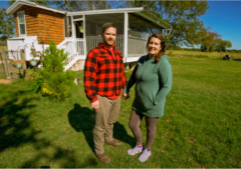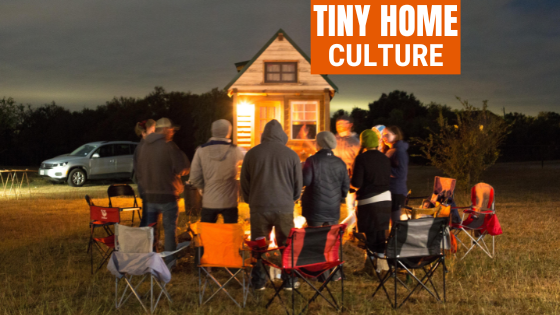
4 Ways to Immerse Yourself in Tiny House Culture
One of the perks of downsizing to a tiny house is the opportunities you have to connect more with nature and the world outside your new doors. With less space separating you from the outside world, it's never been easier to walk outside your bedroom and straight into your favorite garden, forest, or even beach. If you want to take full advantage of your newfound close connection with nature, we've got you covered.
In this guide, we'll cover the best ways to enhance your life by immersing yourself in tiny house culture, which primarily involves connecting more with your surroundings.
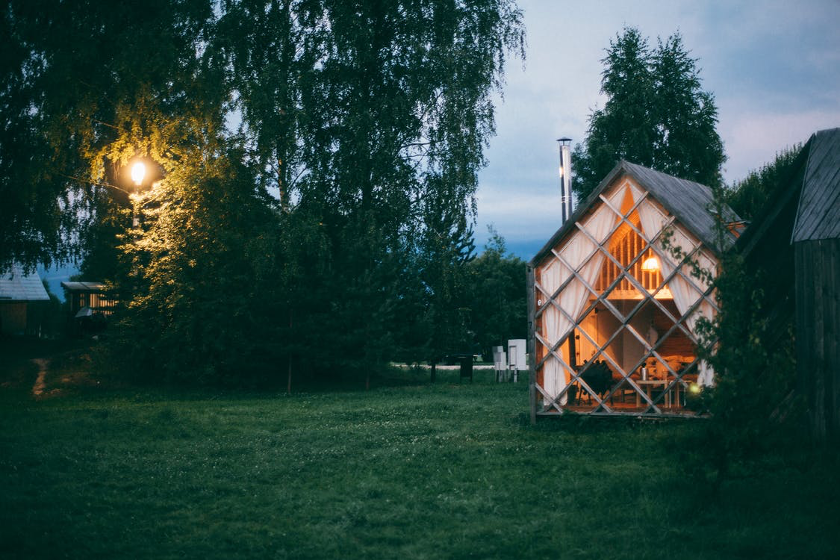
1) Spend More Time Outside
Most importantly, tiny house culture centers around enjoying the flexibility that comes with reduced monthly expenses, less maintenance, and mobility--travel with or without your home. Those benefits lead to a higher quality of life.
Many come to this lifestyle with the expectation of more time spent outdoors. So, you can look at your tiny home as a bedroom and the outside world as your living room. So it's a way of living that is rich in experiences via more everyday adventures and simple pleasures.
Tiny living also encourages a stronger connection to your surroundings simply through the nature of a small space. Fewer interior walls mean more intimacy with the outside. It can feel very inviting, encouraging time spent enjoying the outdoors.
By finding time and space to be outdoors, you can connect with nature by embracing it. Even if you sit outside your tiny house for only a few minutes to drink your coffee, that's time you can reflect and appreciate all that nature has to offer. Take in the scent of warm grass in summer, or appreciate the fullness of fall as the leaves change.
By spending time outside, breathing in the fresh air, you're connecting with nature and allowing it to improve your quality of life overall. Getting more vitamin D in your system from the sunshine can't hurt either. Just make sure to use sunscreen to avoid the harmful effects of UV rays.
All this adds up to a healthier, happier life with reduced stress and greater satisfaction with my daily life.
2) Solar Power
Cutting down on your carbon footprint is a significant appeal of tiny houses. They naturally require less electricity, but you still need a way to power your home. That's where solar power comes in, harnessing natural light.
Unlike a traditional house, installing a solar power system doesn't have to cost a small fortune. With reduced energy needs, fewer batteries & panels are needed, so you can save even more money while powering your home. Plus, with portable solar panels, you can bring natural energy with you anywhere.
3) Utilize the Land
With less space needed for your housing structure, you have more room for outdoor living and gardening to improve your quality of life. The land that otherwise would have been crushed by massive amounts of concrete can be used to breathe life into the area surrounding your tiny house.
There are many ways to utilize the freed-up space around it. You can build a deck and create not just a garden to grow your own food but also set up a composting station. There may be room for other eco-friendly additions to the home like a rainwater catchment. This will help you connect with nature once more, but you can also reap the benefits of a fresh harvest for you and your community. You may find that you truly enjoy this new hobby!
4) Connect with the Community
When you downsize to a tiny home, you might enjoy finding a community of like-minded people! From simple living enthusiasts to those looking for a starter or retirement home, all kinds of people come to tiny houses. The one thing they all have in common is the desire for a safe home of their own to use as a multi-tool to meet personal financial or lifestyle goals.
Multiple levels of community exist in tiny house culture.
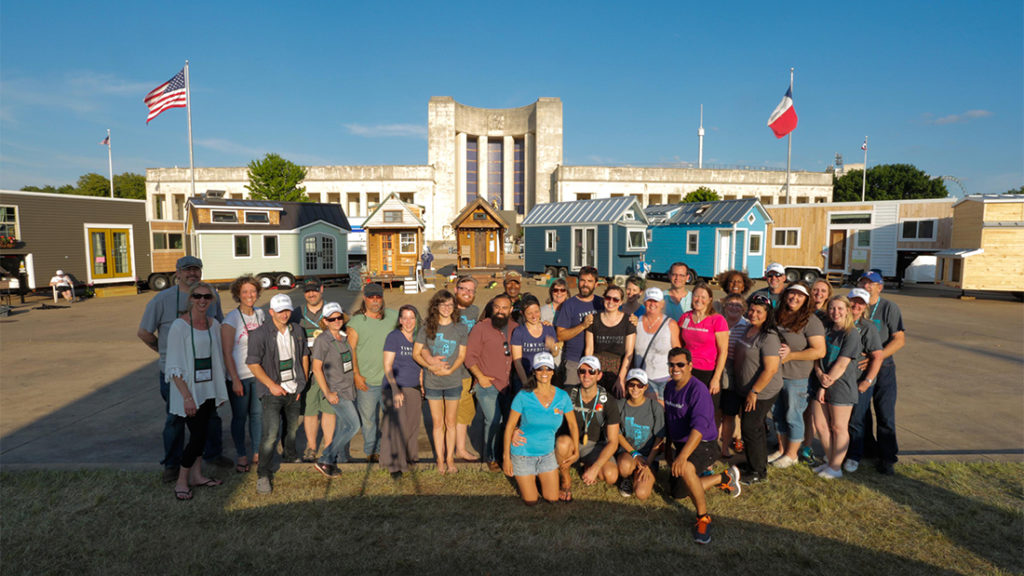
You can find support and kinship with the tiny living community through Meetups, festivals, and nonprofit organizations. Additionally, the online world can offer an easy way to find others in this lifestyle.
Literal tiny home villages, both formal developments and backyard communal living offer a community experience. Strong bonds can be made through both spontaneous interactions and activities. You can organize hangs around the fire, potlucks, or events to connect with nature together. This can include doing yoga outdoors or working on creating a community garden. Group hikes can also be a great idea too, depending on where you live.
The importance is finding a way to connect with nature and your neighbors, helping to improve yourself and build a resilient community.
Another essential way to connect with the greater local community is to be a good neighbor. As a tiny home dweller, you are among a small minority of nationwide residents. Depending on your parking situation, you may also find yourself in a legal grey area. With that comes a responsibility to positively represent the movement to help other tiny homeowners find acceptance where they want to live.
Being a good neighbor can mean respecting quiet hours, doing spontaneous good deeds, and lending a helping hand to a neighbor in need. Further, it means being a respectful steward of the land where your tiny home is placed.
Supporting the Movement
Ultimately, you will help reduce the stigma around this alternative lifestyle by showing what assets we can be. This is especially true for tiny homes as ADUs, a practical fill-in-the-gaps housing solution in denser areas.
Find community and help create more opportunities for people to live tiny legally by joining the Tiny Home Industry Association.
Final Thoughts on Tiny House Culture
By connecting with your neighbors and the world around you, you can improve your overall health and mental well-being. Through eco-friendly technology and getting your hands dirty in the community, you can create a welcoming, sustainable space with supportive neighbors. What are you waiting for?
Have you ordered our book yet?
Learn the history of the modern movement, get a breakdown of tiny home styles, and meet the passionate tiny community. The Beginner's Guide to Tiny Houses also discusses the pros and cons of micro-living―is a tiny house right for you, right now?
What people are saying:
"Most books about tiny homes are really just about the fantasy, with beautiful pictures in far-off places, but they don't tell you how to get from point A to point B. That's where this book comes in and fills in all the gaps!"

